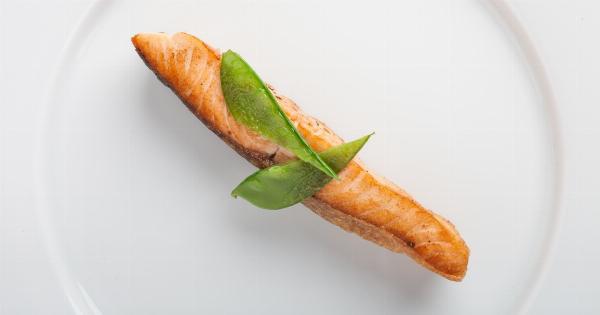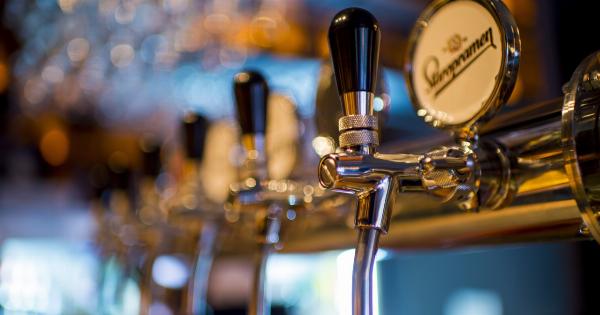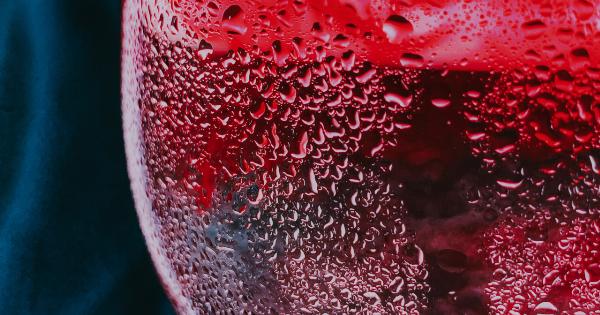Wine is a much-loved drink that can enhance your meals and bring people together. However, proper wine service is more than just pouring wine into a glass. It involves many factors that can impact the taste, aroma, and overall experience of drinking wine.
Additionally, drinking wine can affect your health positively or negatively, depending on how you serve and consume it. That said, it is essential to learn the basics of proper wine service to ensure that you enjoy your wine while keeping your health in check.
Choose the Right Wine
The first step in proper wine service is selecting the right wine. Wine comes from various grape varieties, regions, and winemaking methods, which influence its quality and flavor.
Some wines are known to have higher sugar, acidity, or alcohol content than others, which can impact your health in different ways. Therefore, it’s essential to have a good understanding of the wine’s characteristics and how they relate to your body.
Some of the factors to consider when choosing the right wine include the occasion, temperature, food pairing, and your preference.
Store Wine Correctly
Proper wine storage can determine the wine’s quality, flavor, and aging potential. Storing wine incorrectly can lead to oxidation, spoilage, and other faults that can ruin the wine’s taste and aroma.
Therefore, it’s essential to store wine in a dark, cool, and humid place away from direct sunlight, heat, and fluctuations in temperature. This will protect the wine from heat damage, light exposure, and humidity loss, which can cause the wine to spoil or degrade.
Additionally, bottles should be stored horizontally, allowing the wine to come in contact with the cork and keeping it moist, which prevents air from entering the bottle.
Serve Wine at the Right Temperature
The temperature you serve your wine at plays a significant role in its taste and flavor. Wine served too warm or too cold can mask or enhance its flavor profile, which can impact your enjoyment of the wine.
Generally, red wines should be served slightly below room temperature, around 62-68°F (16-20°C), while white wines and sparkling wines are best served between 45-50°F (7-10°C). However, the ideal serving temperature for wine may vary depending on the grape variety, region, and wine-making process.
Decant Your Wine
Decanting is the process of pouring wine from a bottle into a decanter to remove any sediments, aerate the wine, and enhance its flavor and aroma.
Decanting is typically done for older red wines that have been aged for more than ten years or any other wine with sediments at the bottom of the bottle. Decanting the wine can help enhance the flavors and aromas, soften the tannins, and release any trapped gases in the wine.
Use the Right Glassware
The type of glassware you use to drink your wine also plays a role in the drinking experience. The right glassware will allow you to appreciate the wine’s color, aroma, and taste.
The ideal glass should have a large bowl, a tapered rim, and a stem that allows you to hold the glass by the stem rather than the bowl. This will prevent the heat of your hand from warming the wine and, in turn, altering its taste. Additionally, the glass should be transparent, allowing you to appreciate the wine’s color and clarity.
Pour the Right Amount
The amount of wine you pour into your glass can also impact your drinking experience and health. Drinking too much wine can lead to dire health consequences such as liver disease, high blood pressure, and even cancer.
Therefore, it’s essential to know how much wine you’re drinking and set limits for yourself. The ideal amount of wine per serving is about 5oz, which is equivalent to a standard glass of wine. Additionally, you should pace yourself when drinking wine and not exceed more than two glasses of wine per day.
Pair Wine with Food
Pairing food with wine is an excellent way to enhance the taste and aroma of both the wine and the food. Different wines pair well with different foods, depending on the wine’s acidity, sweetness, and tannins.
Generally, red wines pair well with hearty foods such as red meats, while white wines pair well with lighter foods such as fish and poultry. Additionally, sweet wines pair well with desserts, while dry wines pair well with spicy foods. The key to pairing wine with food is to create a balance between the wine’s characteristics and the food’s flavors.
Know Your Limits
Finally, it’s essential to know your limits when drinking wine. Wine is a drink that can enhance your enjoyment of food, but it can also lead to undesirable consequences when consumed in excess.
Drinking too much wine can lead to alcohol poisoning, blackouts, and other severe health consequences. Therefore, you should set limits for yourself when drinking wine and pace yourself, so you don’t drink too much too quickly.
Conclusion
Proper wine service is more than just pouring wine into a glass. It involves many factors that can impact the wine’s taste, aroma, and overall drinking experience.
Additionally, drinking wine can have positive or negative health outcomes, depending on how you consume it. By following the tips listed above, you can ensure that you enjoy your wine while keeping your health in check and avoiding any negative health consequences.






























